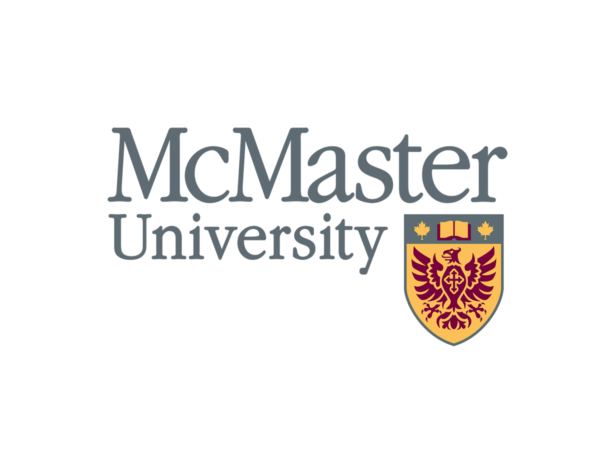Project Description
 What are bioplastics? The term “bioplastics” is often used interchangeably with “biodegradable plastics”.
What are bioplastics? The term “bioplastics” is often used interchangeably with “biodegradable plastics”.
However, the most commonly used definition, as defined by the industry advocate European Plastics, states that a bioplastic is bio-based, biodegradable or both1.
Packaging Digest provides a useful visual interpretation of this definition:
| Durable | Biodegradable | |
|---|---|---|
| (partly) Bio-based | Bioplastic | Bioplastic |
| Fossil-based | Plastic | Bioplastic |
Why Bioplastics?
With sustainability and environmental responsibility high on the priority list of many of today’s businesses, bioplastics are receiving much attention. Estimated at US $17 billion in 2017, the global bioplastics market is expected to reach US $44 billion by 20233.
Further, the expectation for petroleum and natural gas prices to rise in the future provides the plastics industry with additional motivation for finding alternative feedstocks. Adoption of bioplastics over conventional fossil-based plastics provides many benefits including1,4:
- saving fossil-fuel resources
- reducing carbon footprint
- reducing global warming potential
- increasing product end-of-life options
The Challenge5
 Consider the product development challenge of aiming to select the necessary blending ratios and process conditions to achieve target thermoplastic material properties in the final product while minimizing raw material costs.
Consider the product development challenge of aiming to select the necessary blending ratios and process conditions to achieve target thermoplastic material properties in the final product while minimizing raw material costs.
Feeds available to this blend include nine starches, one polylactic acid (PLA), and two additives. A single operating condition (molding temperature) must be selected. Four thermoplastic material properties are of interest (tensile strength, tensile modulus, elongation at break, and density).
Twenty-eight historical operating points are available, and five new target products are specified (as shown in the FormuSense score plot of a PCA model on the historical thermoplastic material properties). The five target products were selected from the score space to represent the wide range of products that this manufacturer currently produces.
It is important to note that of the nine available starches, only three starches have been used in past operations. Raw material properties are known for all nine starches, however six of the starches have no historical operating points.
The ProSensus Approach5
Multivariate model-based RPD is executed by first ensuring that the historical database is in good order. Next, a PLS model is built on the historical dataset. The loading plot below was created from this PLS model to visualize the relationships between and among X (red) and Y (blue) variables. This plot explains which X variables are highly correlated to each Y variable.

For example, the FormuSense loading plot indicates that high Density can be achieved by increasing Mw, Mn, Mz, Mw/Mn and Additive 1 while decreasing PLA. (Note that Amylose content, Mn, Mw, Mz, and Mw/Mn are raw material properties of the starches which have been included in the PLS model by implementing ideal mixing rules.)
Achieving high Density is, however, at the cost of reducing Tensile Strength and Tensile Modulus; this is evident in the loading plot by the separation of these variables across the x-axis. This plot also reveals that Tensile Strength and Tensile Modulus cannot be adjusted independently, as they are very highly correlated.
The RPD process culminates with a formal optimization of the PLS model. At this stage, the six additional starches can be considered for selection. ProSensus works with its clients to set appropriate objective functions and constraints.
In this case, the objective was to minimize raw material costs while maintaining material properties close as possible to the defined targets. Bounds on the blending ratios were imposed as constraints to the optimization to reflect physical impossibilities.
The Results5
After two iterations of formal optimization, all five target products were achieved while respecting all imposed constraints and minimizing the estimation of error. As a result of the objective to minimize raw material costs, two of the newly available starches were selected by the optimization.

The observed vs predicted plot compares the targeted (desired) density in the final product with the expected thermoplastic material properties obtained from the RPD formal optimization (blue validation points). The coefficients plot indicates that PLA content has the strongest corrleation to final product density.
Similar plots can be made for the other three thermoplastic quality properties. Each of the five products simultaneously achieved all four thermoplastic material properties close to the target.
Note that a perfect model would have all data points lying directly on the identity (y=x) line.
Go Green Faster with ProSensus
Since 2004, ProSensus has been providing multivariate analysis (MVA) consulting for a variety of applications, including rapid product development. Our clients get ahead of the competition by arriving at product development targets faster. Let ProSensus distinguish your company in the growing bioplastics industry.
Contact us or start a FormuSense trial today.
References
- European Bioplastics. What are bioplastics? https://www.european-bioplastics.org/bioplastics/
- Gendell, A. It’s time for bioplastics to be plastics. March 8, 2017. http://www.packagingdigest.com/sustainable-packaging/its-time-for-bioplastics-to-be-plastics-2017-03-08
- Business Wire. Global Bioplastics Market Forecasts from 2017 to 2022 – Research and Markets. https://www.businesswire.com/news/home/20170906006551/en/Global-Bioplastics-Market-Forecasts-2017-2022–
- SPI: The Plastics Industry Trade Association. Plastics Market Watch – Bioplastics. http://plasticsindustry.org/sites/plastics.dev/files/2016PMWBioplasticsIA.pdf
- Muteki, K. Mixture Product Design Using Latent Variable Methods. 2006. PhD Thesis, McMaster University, Department of Chemical Engineering.










